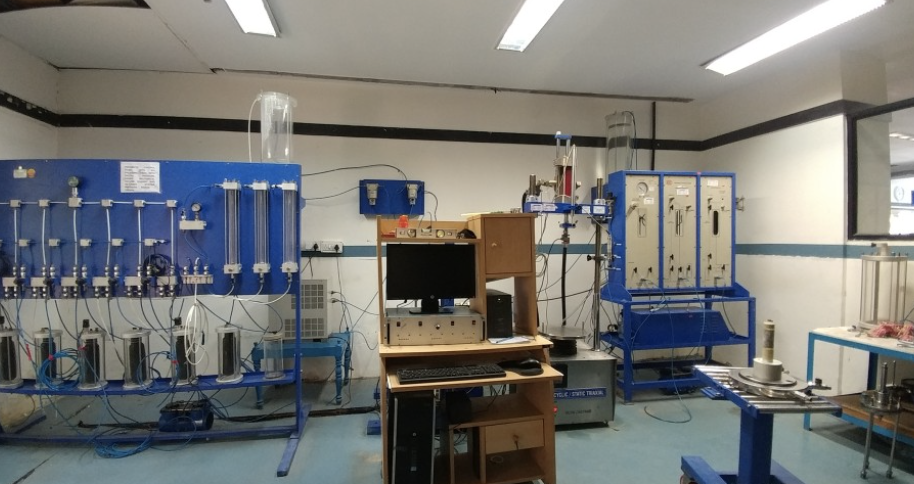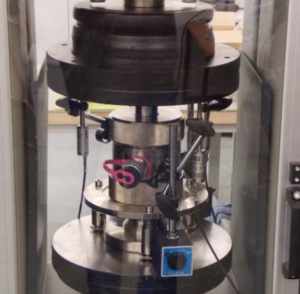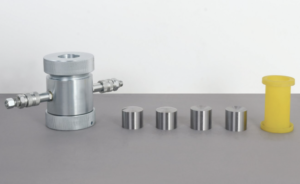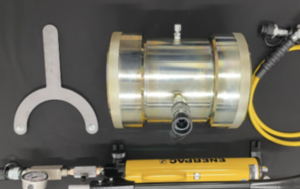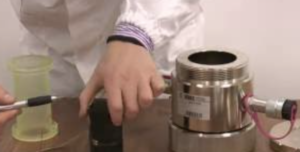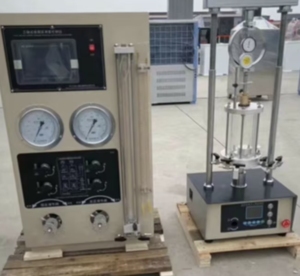How Long is a Triaxial Test Sample?
Triaxial testing is a foundational technique in geotechnical engineering, helping assess the strength, stability, and deformation of soil under stress. But before any stress is applied, there’s one critical factor that must be right: the size of the test sample. Triaxial tests rely on precise geometry to produce accurate and repeatable results, and that starts with understanding the standard dimensions and why they matter.
Standard Dimensions for Triaxial Samples
The most widely accepted standard for triaxial test samples comes from ASTM D47671 and similar international guidelines. The typical specimen shape is cylindrical2, with very specific ratios between height and diameter to ensure consistency.
Common Dimensions (ASTM & BS Standards)
| Diameter (D) | Height (H) | Volume | Typical Use |
|---|---|---|---|
| 38 mm | 76 mm | ~86 cm³ | Routine soil testing |
| 50 mm | 100 mm | ~196 cm³ | Intermediate sample size |
| 100 mm | 200 mm | ~1,570 cm³ | Coarse-grained soils |
These dimensions are chosen to balance representative volume3, ease of saturation, and equipment compatibility.
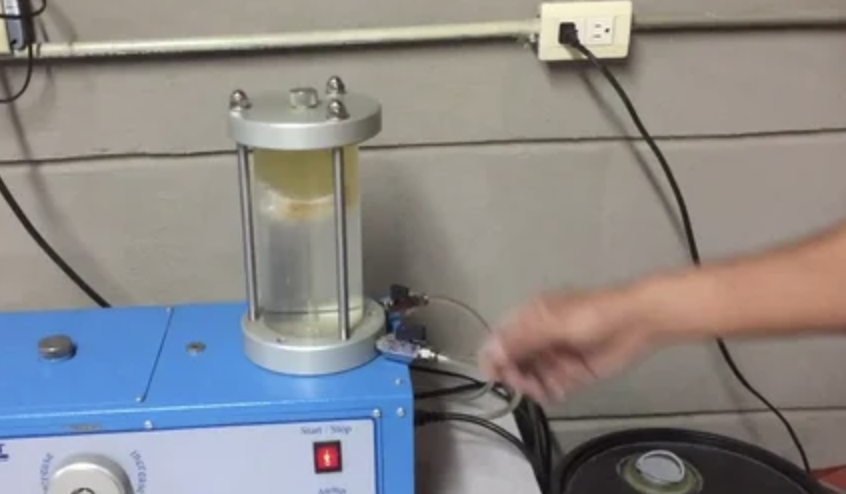
Height-to-Diameter Ratio: Why 2:1 Matters
One of the most critical factors in triaxial sample preparation is maintaining a height-to-diameter (H/D) ratio of 2:1. This ratio is not arbitrary—it plays a direct role in ensuring valid, uniform stress distribution during testing.
Why 2:1 is the Gold Standard:
- Reduces end friction effects from the platens
- Promotes uniform axial and radial stress fields
- Prevents bulging and premature failure near the ends
- Ensures results meet standardization criteria
Deviation Impact Table
| H/D Ratio | Test Accuracy Impact |
|---|---|
| 2.5 | Difficult to saturate; may introduce artifacts |
Maintaining this ratio helps engineers trust the results for design and safety-critical applications.

Variations for Different Soil Types and Standards
While the 38 mm × 76 mm sample is common for fine-grained soils, larger or modified sizes are sometimes used depending on soil type4 or specific standards5.
Adjustments Based on Soil Properties:
- Gravelly soils: Require larger specimens (100 mm or more) to ensure particles are well-represented.
- Soft clays: May use smaller samples due to difficulty in maintaining shape during handling.
- Unsaturated soils6: Sometimes need customized setups with different aspect ratios for suction control.
International Standards Examples
| Standard | Typical Sample Size |
|---|---|
| ASTM D4767 (USA) | 38 mm × 76 mm or 50 mm × 100 mm |
| BS 1377 (UK) | 100 mm × 200 mm |
| JGS 0521 (Japan) | 50 mm × 100 mm or variable |
Engineers select sample size based on lab capability, specimen homogeneity, and test objectives.
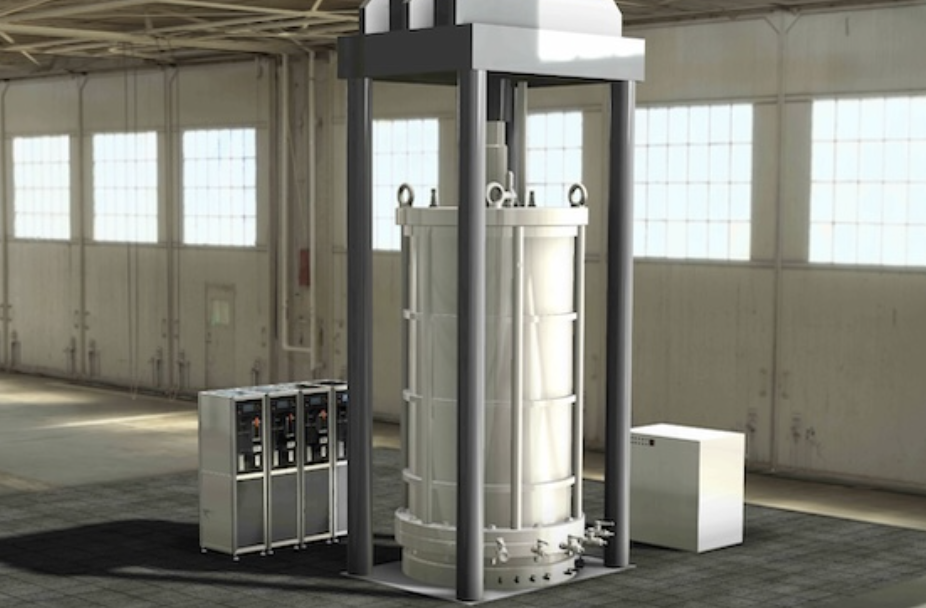
Impact of Sample Size on Test Accuracy
Sample size doesn’t just affect convenience—it can directly influence the test results7. Too small, and the sample may not represent the soil mass. Too large, and it becomes hard to saturate or consolidate properly.
Size-Related Accuracy Issues:
- Heterogeneity8: Larger samples may include more variability.
- Drainage: Bigger samples take longer to saturate and consolidate.
- Boundary effects: Smaller samples are more sensitive to platen interaction.
| Sample Size | Accuracy Benefit | Drawback |
|---|---|---|
| Small (38 mm) | Easy to prepare and saturate | May miss representative structure |
| Medium (50 mm) | Balanced accuracy and prep | Suitable for most lab applications |
| Large (100 mm) | Better for coarse soils | Requires more time and larger equipment |
Ultimately, sample size must be carefully selected to reflect both the soil’s characteristics and the project’s technical demands.
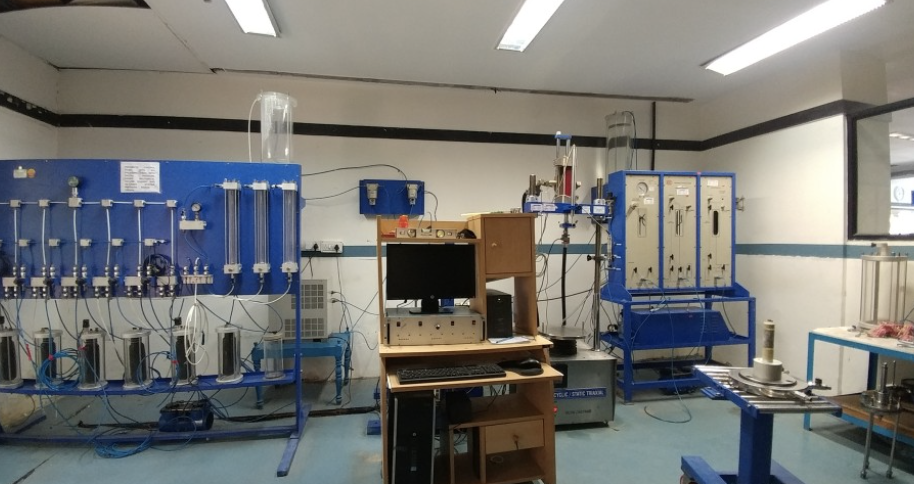
Conclusion
A triaxial test sample may only be a few centimeters long, but its dimensions carry a lot of weight in ensuring accurate, reliable results. Whether you’re testing soft clay in a 38 mm mold or gravelly fill in a 100 mm setup, getting the sample size and shape right is the first step toward meaningful geotechnical insights.
-
Explore this link to understand the ASTM D4767 standard, which is crucial for conducting reliable triaxial tests in soil mechanics. ↩
-
Discover the reasons behind using cylindrical shapes in triaxial tests, which ensures consistency and accuracy in soil testing. ↩
-
Learn about the significance of representative volume in soil testing to ensure accurate and reliable results in geotechnical engineering. ↩
-
Understanding soil types is crucial for effective soil management and engineering practices. Explore this link to learn more. ↩
-
Familiarizing yourself with specific standards ensures compliance and accuracy in soil testing. Check this resource for detailed information. ↩
-
Unsaturated soils play a significant role in geotechnical engineering. Discover their properties and implications for construction projects. ↩
-
Understanding the impact of sample size on test results is crucial for accurate soil analysis and decision-making. ↩
-
Exploring heterogeneity helps in grasping how variability affects soil testing, leading to better sampling strategies. ↩

